Imagine growing up where the open road isn’t just a symbol of freedom—it’s your family’s lifeline, your cultural compass, and your connection to generations before you. For Ireland Travellers, this way of life isn’t a romantic notion, but a living, breathing tradition shaped by resilience, hardship, and pride.
As you dive into their story, you’ll uncover a culture often hidden in plain sight—misunderstood by many, yet essential to Ireland’s heritage. By the end, you won’t just learn facts about the Travellers—you’ll see the world through their eyes, their struggles, and their celebrations.
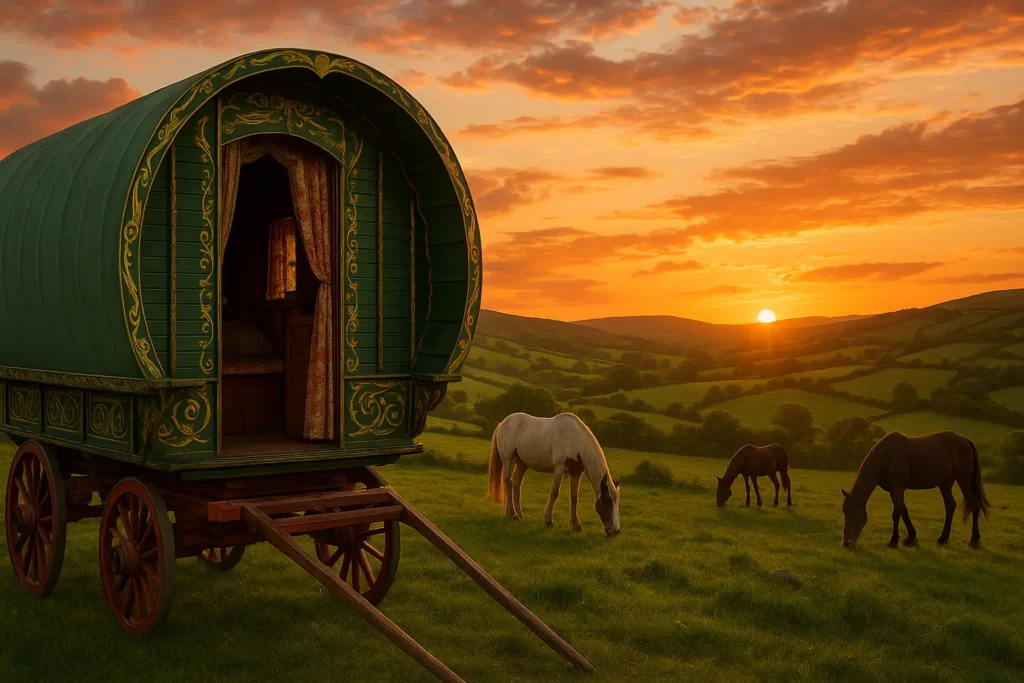
Table of Contents
Who Are the Ireland Travellers?
When you hear the phrase Ireland Travellers, you might think of people always on the move. But there’s more depth than that. Travellers are a distinct indigenous ethnic minority with their own culture, language, and traditions.
- Population: Estimates suggest between 30,000–40,000 people identify as Travellers in Ireland, with communities also in the UK and the US.
- Recognition: In 2017, the Irish government officially recognized Travellers as a separate ethnic group—a milestone that validated centuries of history.
- Identity: Unlike popular misconceptions, Travellers are not Romani or “Gypsies.” Their heritage is uniquely Irish.
Understanding who they are is your first step toward appreciating how their lifestyle shaped Irish culture itself.
The Origins and History of Ireland Travellers
Early Roots and Migration Patterns
The exact origins of Ireland Travellers remain debated. Some historians trace their beginnings to families displaced by wars or famine in the 16th and 17th centuries. Others believe they descend from groups who adopted a nomadic lifestyle due to land pressures.
What remains consistent is their adaptability—surviving through movement, trade, and skill-sharing.
Cultural Survival Through Generations
For centuries, Travellers preserved their heritage not through written records, but through oral storytelling, songs, and craft traditions. Each generation carried tales, music, and folklore, ensuring their community’s memory survived.
Timeline of Ireland Travellers’ History
| Period | Key Events & Developments |
|---|---|
| 16th Century | First recorded references to nomadic groups in Ireland |
| 19th Century | Famine displaces many families; Traveller numbers grow |
| 20th Century | Government pushes settlement; discrimination intensifies |
| 2017 | Official recognition of Traveller ethnicity |
This history isn’t just about hardship—it’s about resilience in the face of constant challenges.
Traditions and Customs of Ireland Travellers
Language and Storytelling
When you listen to Travellers speak, you may hear Shelta (also known as Cant)—a secretive language blending Irish and English roots. This language acted as a protective shield, allowing them to communicate freely without outsiders understanding.
Storytelling remains at the heart of their culture. Whether it’s folk tales, songs, or music passed down, each story ties the community together.
Family and Community Structure
Family is sacred for Travellers. From childhood, you’re raised with a deep loyalty to your clan, where roles and responsibilities are clearly defined. Marriage often happens young, and extended families live closely together.
Religion and Beliefs
Catholicism shapes much of their spiritual life, but alongside it runs a thread of superstitions and blessings. For example, charms, holy wells, and rituals often play a role in daily life, blending faith with tradition.
Daily Life of Ireland Travellers
Nomadic Lifestyle and Modern Changes
For generations, Travellers roamed the countryside in horse-drawn wagons and later caravans. Constant movement wasn’t just tradition—it was survival. Seasonal work, horse trading, and fairs sustained their families.
But modern policies and urbanization have forced many Travellers to settle in halting sites or housing estates, reshaping their way of life.
Traditional Occupations
Travellers carried skills that rural Ireland depended on:
- Tinsmithing: Crafting household tools from metal.
- Horse trading: A proud tradition still visible in fairs like Ballinasloe Horse Fair.
- Seasonal labor: Helping farmers with planting and harvest.
- Music and singing: Adding rhythm and voice to Ireland’s cultural fabric.
List of Common Traveller Skills
- Metalwork and crafting
- Breeding and trading horses
- Folk singing and ballads
- Seasonal agricultural work
Challenges Faced by Ireland Travellers
Despite their contributions, Travellers face significant obstacles.
Discrimination and Misconceptions
Stereotypes portray Travellers unfairly—as troublemakers or outsiders. These views often dominate media coverage, overshadowing their genuine cultural richness.
Education and Employment Barriers
Many Traveller children leave school early due to bullying, discrimination, or feeling excluded. This gap limits opportunities for stable employment later in life.
Health and Housing Issues
Living conditions reveal the stark inequalities Travellers face.
Comparison of Living Conditions – Travellers vs General Population
| Category | Ireland Travellers | General Population |
|---|---|---|
| Life Expectancy | ~10–15 years lower | National average |
| Education Level | Lower completion rate | Higher completion |
| Employment Rate | Significantly lower | National average |
You can see how these challenges build barriers, but they also highlight the resilience required to survive in such conditions.
The Cultural Contributions of Ireland Travellers
Despite hardships, Travellers have left an undeniable mark on Ireland’s cultural story.
- Music: Singers like Margaret Barry influenced folk traditions worldwide.
- Sports: Boxer Francis Barrett became the first Traveller to represent Ireland in the Olympics.
- Festivals: Horse fairs, music gatherings, and storytelling keep traditions alive.
Their creativity and persistence show how culture can thrive even under pressure.
Ireland Travellers in the Modern World
Recognition and Rights
The 2017 recognition of Travellers as a distinct ethnic minority was more than symbolic—it was a step toward equality. Advocacy groups like Pavee Point now fight for rights in housing, health, and education.
The Future of Traveller Identity
As a younger generation grows, they balance tradition with the realities of modern Ireland. Social media gives them a platform to challenge stereotypes, share their stories, and shape how you see their community today.
Conclusion:
By now, you can see that the story of Ireland Travellers isn’t just about movement across roads—it’s about movement through time, tradition, and survival. Their culture is a living example of resilience, creativity, and identity against the odds.
When you learn about them, you help break down walls of misunderstanding. You open space for respect, curiosity, and connection.
FAQ : about Ireland Travellers
Who are the Ireland Travellers?
They are an indigenous Irish ethnic group with a nomadic tradition, recognized officially in 2017.
Are Ireland Travellers the same as Gypsies?
No. Travellers are Irish-born with their own heritage, separate from Romani Gypsies.
What language do Ireland Travellers speak?
They use Shelta (Cant), alongside Irish and English.
Why do Ireland Travellers face discrimination?
Centuries of stereotypes, exclusion, and misunderstandings fueled prejudice
What traditions stand out?
Storytelling, horse fairs, caravan living, metalworking, and folk singing.
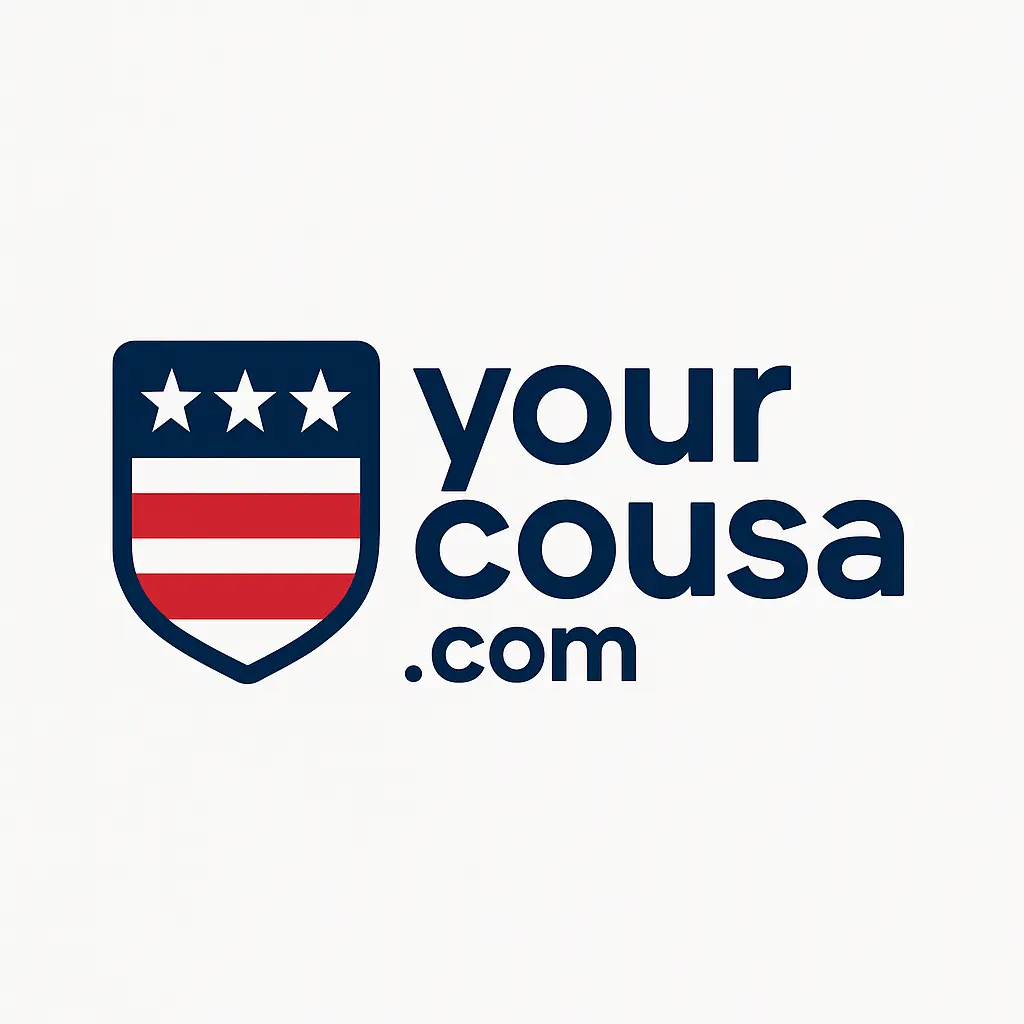

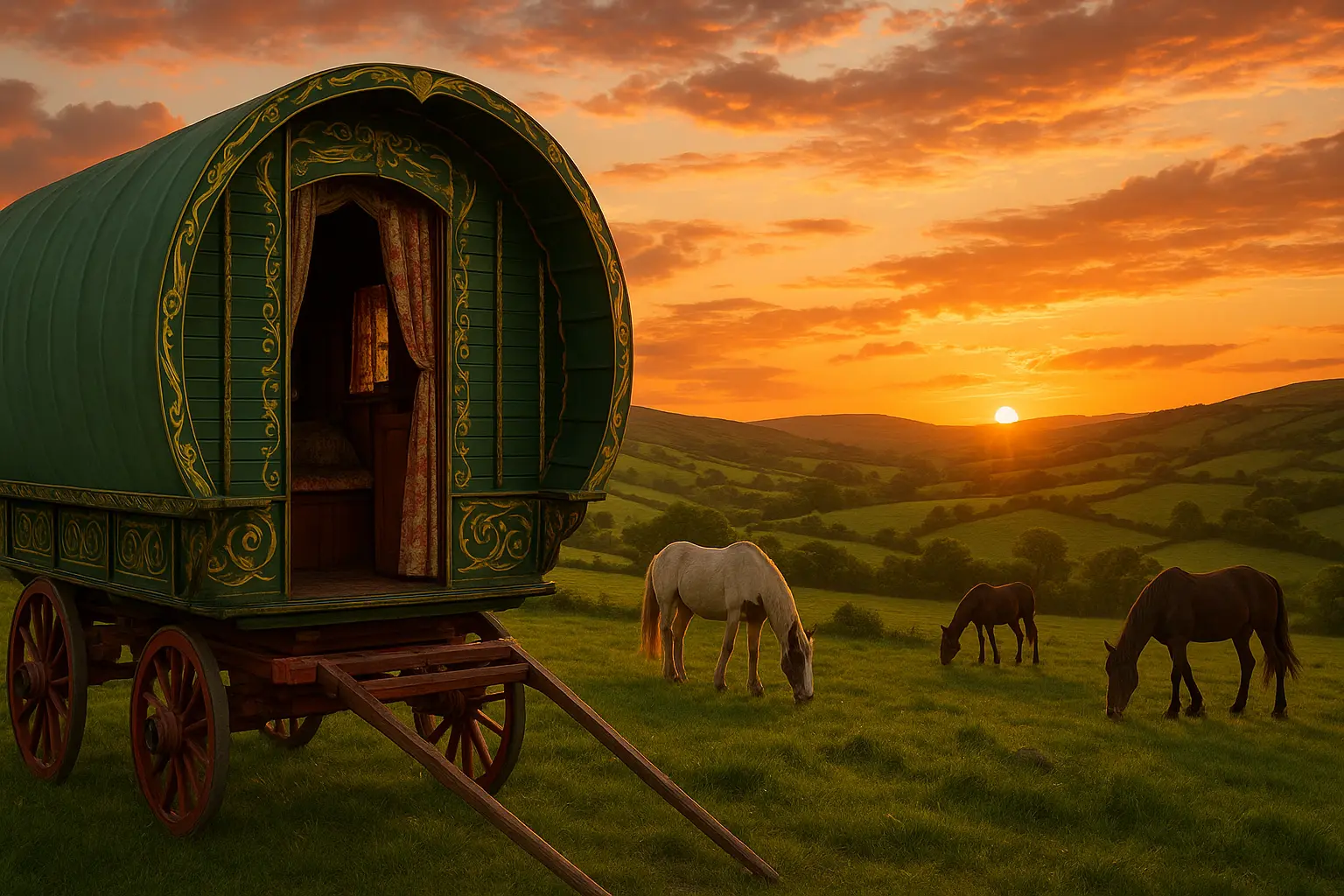
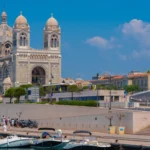
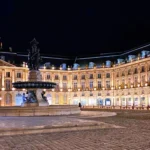
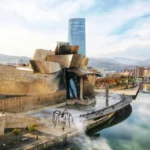
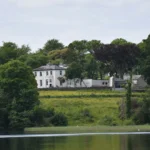
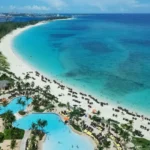
Leave a Reply